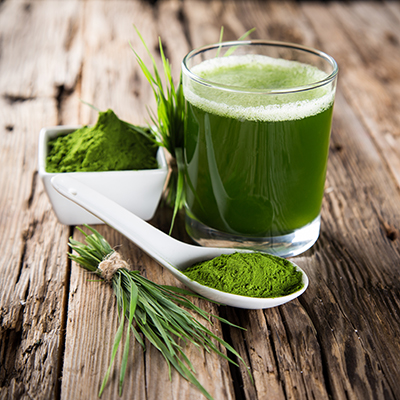The Buzz: Spirulina
- by bonappetit
 What’s the buzz?
What’s the buzz?
Spirulina is a health-giving superfood and powerful source of protein.
What does the science say?
Spirulina is a blue-green algae grown commonly in the fresh waters of Mexico, Africa, and Hawaii. Sold most often in dried and powdered form, this earthy-tasting dietary supplement naturally contains vitamins A, B12, C, E and K, as well as iron, zinc, copper, manganese, selenium, and chromium. It also contains a variety of carotenoids and antioxidants.
In addition to offering a wealth of vitamins, minerals, and antioxidants, spirulina contains all nine essential amino acids and ranges between 60-65 percent protein by weight. Sounds great, right? Let’s run the numbers.
A typical serving (1 tablespoon or about 10 grams) of spirulina powder provides 6 grams of protein. By comparison, a typical ½ cup servings of other protein-rich foods such as quinoa or Greek yogurt offer 4 grams and 10 grams, respectively. On average, a healthy adult needs 45-60 grams of protein per day. If an adult male consumed only spirulina for his daily protein needs, he would need about 8 servings or ½ cup of spirulina powder — more than even the most enthusiastic spirulina lover would typically want to enjoy in a day. Considering the typical serving size of 1 tablespoon, spirulina is often categorized as a dietary supplement rather than a protein replacement and is commonly sold as a powder or tablet. While spirulina has many beneficial properties, be conscious of where and how your spirulina is sourced as it can be affected by environmental pollution and bacterial contamination.
What’s the takeaway?
Spirulina can be a healthful addition to your diet, especially for those eating a more plant-based diet. Common uses for the deeply blue-green pigmented powder include blending into smoothies, adding to baked goods, and sprinkling on salads. Spirulina often costs more per gram than other plant and animal sources. It functions best as it is categorized — as a dietary supplement. If you do choose to consume it, look for brands that don’t include contaminants.
Read more about spirulina here.
To learn more about how to purchase quality supplements, read this.